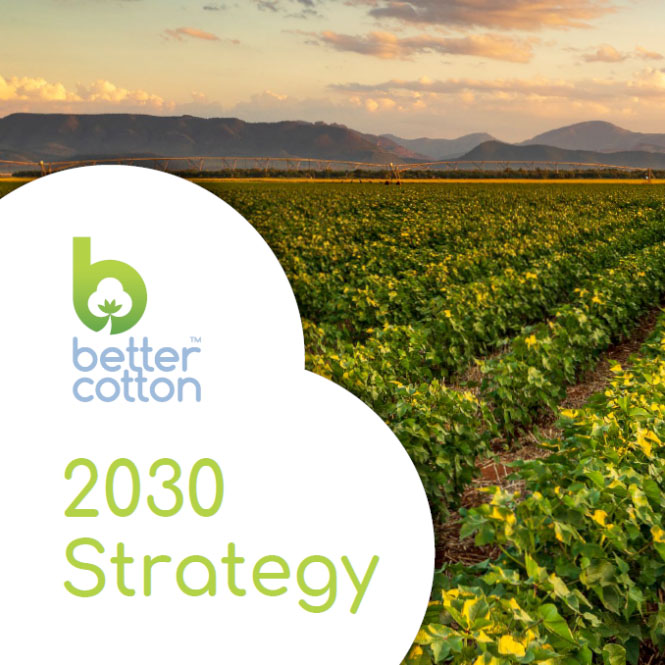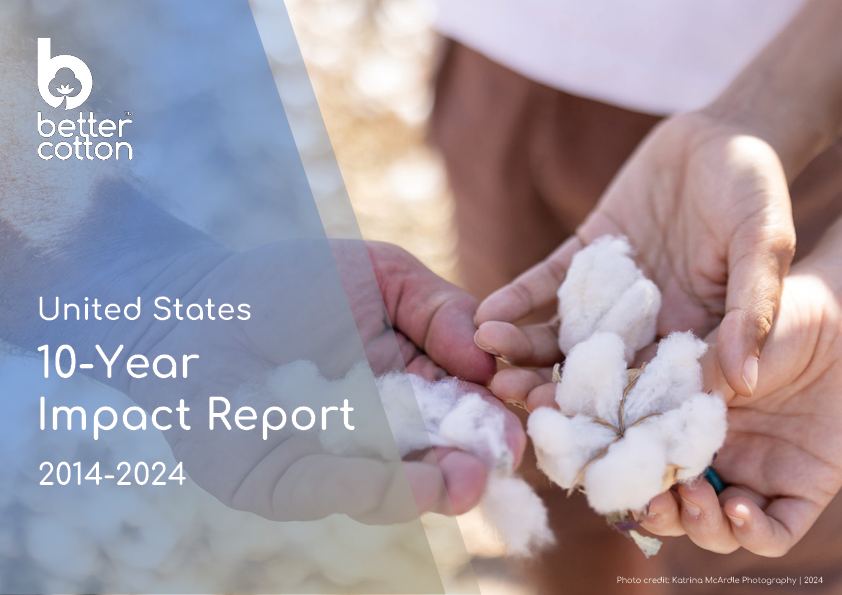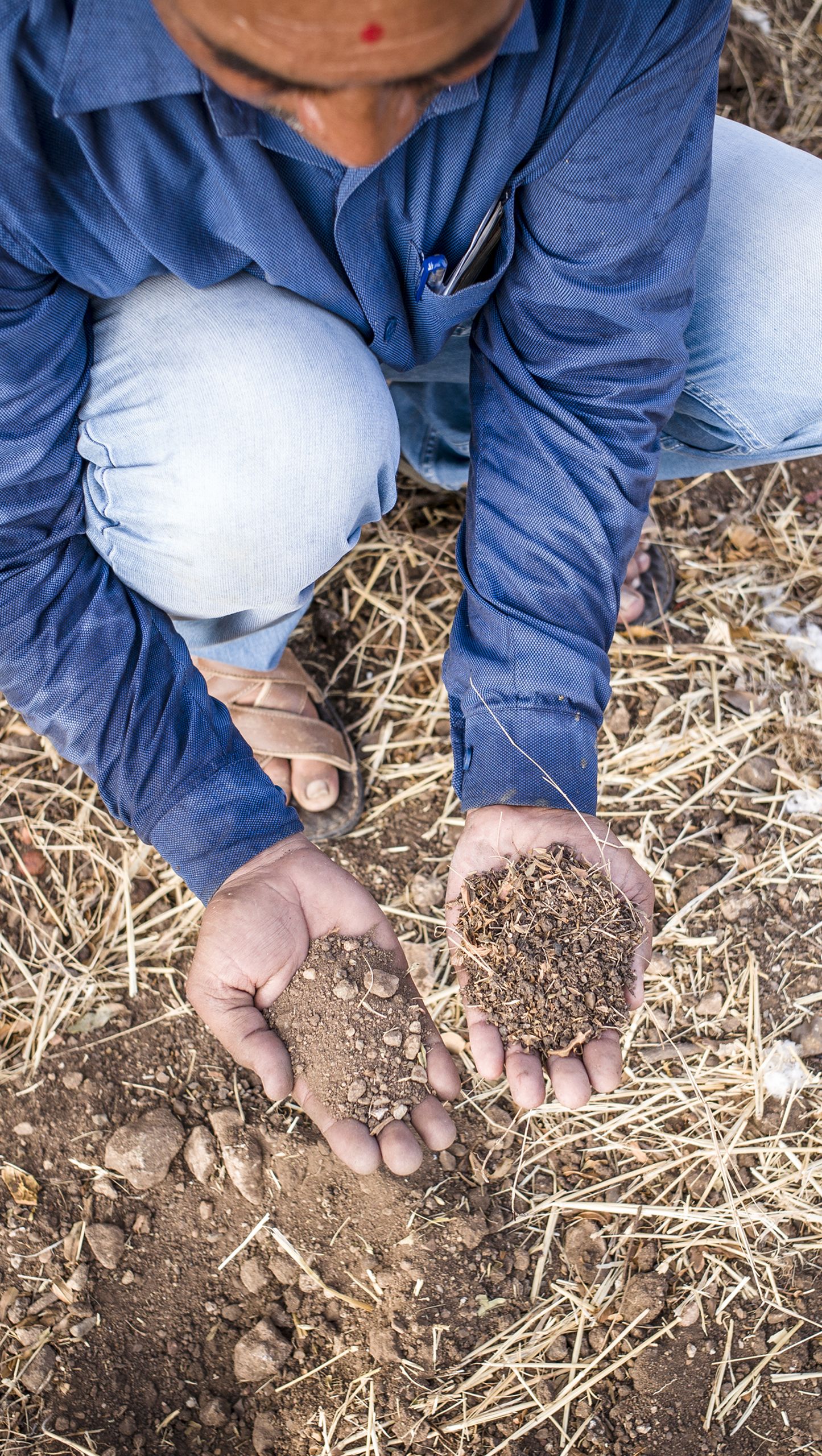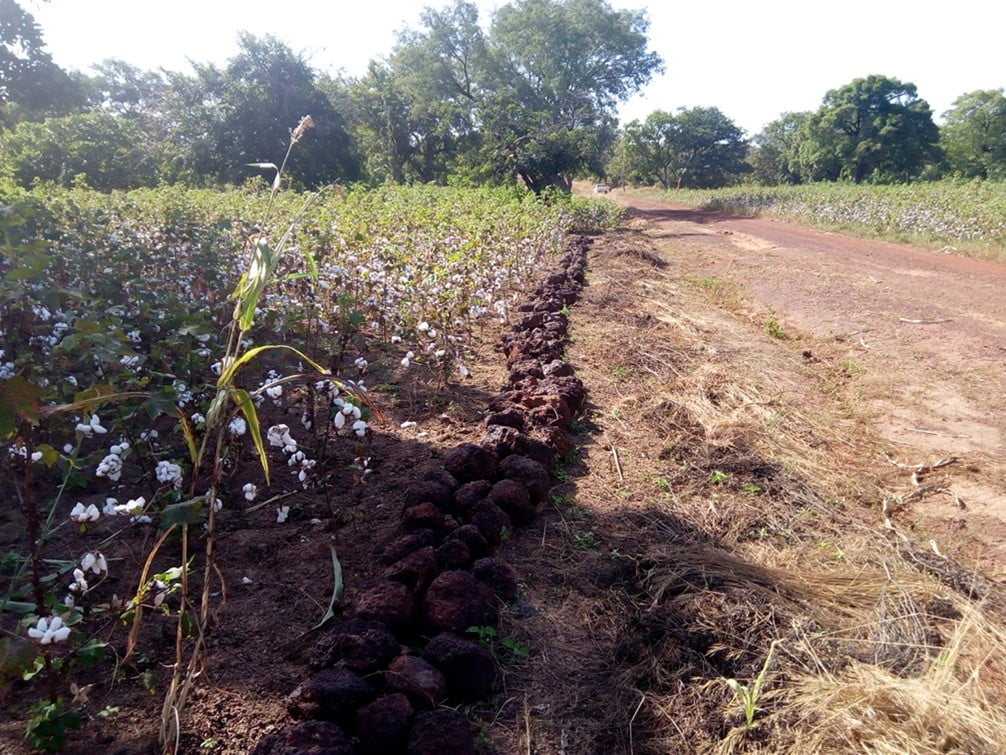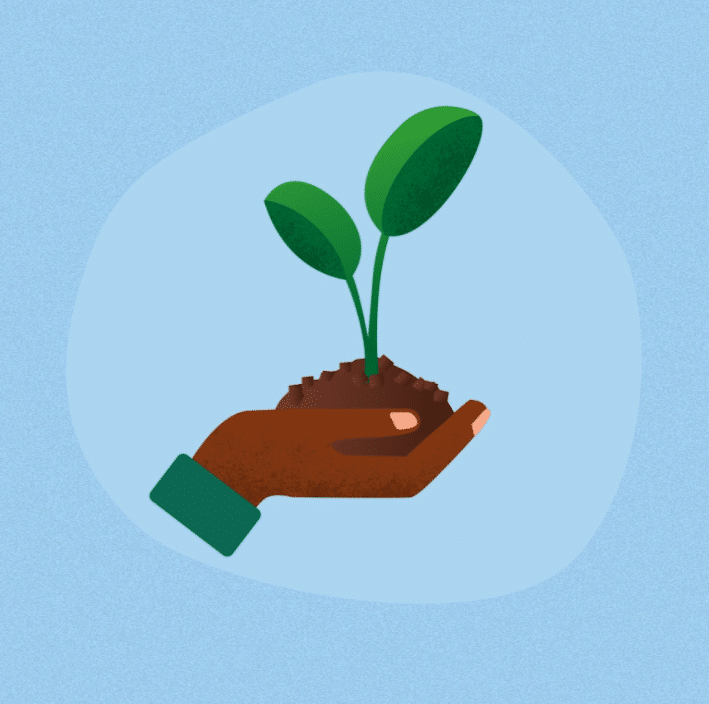- Who we are
- What we do
In just over 10 years we have become the world’s largest cotton sustainability programme. Our mission: to help cotton communities survive and thrive, while protecting and restoring the environment.
- Where we grow
Better Cotton is grown in 22 countries around the world and accounts for 22% of global cotton production. In the 2022-23 cotton season, 2.13 million licensed Better Cotton Farmers grew 5.47 million tonnes of Better Cotton.
- Our impact
- Membership
Today Better Cotton has more than 2,700 members, reflecting the breadth and diversity of the industry. Members of a global community that understands the mutual benefits of sustainable cotton farming. The moment you join, you become part of this too.
- Associate Membership
- Civil Society Membership
- Producer Organisation Membership
- Retailer and Brand Membership
- Supplier and Manufacturer Membership
- Find Members
- Member Monitoring
- Better Cotton Platform
- myBetterCotton
- Resources – Better Cotton Conference 2022
- Complaints
- Whistleblowing
- Safeguarding
- Get Involved in the Better Cotton Programme
- Thank you for contacting us
- Better Cotton’s Data Privacy Policy
- Log in
- Members’ Area
- Request for Proposals
- Better Cotton Cookie Policy
- Web Reference
- Measuring Cotton Consumption
- How to Implement the Chain of Custody Standard
- Resources – Better Cotton Conference 2023
- Certification Bodies Old
- Latest
- Sourcing
- Latest
The founding premise of Better Cotton is that a healthy sustainable future for cotton and the people that farm it is in the interests of everyone connected with it.
Let us help you find what you’re looking for
Results for {phrase} ({results_count} of {results_count_total})Displaying {results_count} results of {results_count_total}
By Karen Wynne, US Programme Coordinator, Better Cotton
Karen is certified as a Soil Scientist and Classifier by the Soil Science Society of America.
You may think that below the ground there’s only dirt. Roots grow through it, and maybe an earthworm or two lives there. And do you ever wonder how plants get water and nutrients? Maybe they grab what they need from the soil and farmers top up the nutrients with fertilisers? Well, it may come as a surprise, but soil is quite a lot more complex than that.
There’s literally a whole universe beneath our feet.
The mineral soil, the silt, sand, and clay, even the roots, are home to all kinds of macro- and microorganisms (also known as the soil biome) that spend their time eating plant residues and each other, and in the process transform and store nutrients, and build soil structure. Just one teaspoon of healthy soil can contain more microorganisms than the total number of people on Earth. That’s amazing, right?
In fact, soil is a complex and living system that we hardly understand. Soil scientists call the earthy world of microorganisms the ‘black box’. We’re still gaining knowledge of these microbes and how they interact with each other, their environment and plants. DNA sequencing and other amazing scientific advances have transformed our capacity to understand more about this underground world, and faster than ever before.
Why it’s important to act on soil health now

Healthy, biodiverse soil is fundamental to thriving crops, cycling nutrients, and filtering water. Soil can also increase our resilience to climate change by returning carbon to the ground, and buffering the impact of drought and flooding. But today, humans have a greater impact on the landscape than any other force. Our soils have become so degraded and eroded from industrial and agricultural development, that they no longer contain the diversity of life that’s integral to nourishing plants and crops.
Within cotton farming, it’s vital that we encourage farmers to help create the best conditions for soil organisms to do their thing. That’s why healthy soils are a key focus for us at Better Cotton. We work closely with our on-the-ground partners and farmers to introduce effective, sustainable soil health practices. For example, maintaining continuous living roots creates a habitat to keep soil organisms active. Increasing the diversity of crops and cover crops builds diversity below ground too. Meanwhile, reducing tillage helps to protect the fragile underground ecosystem.
We also collaborate with scientists and agronomists worldwide to help gather and share knowledge to encourage progress across the cotton sector. This year, to make further progress, we’ll be launching a 2030 soil health target as part of our 2030 Strategy.
A thriving soil community
Here are a few of my favourite members of the soil community. Let’s look at the valuable role they play in creating healthy soils.
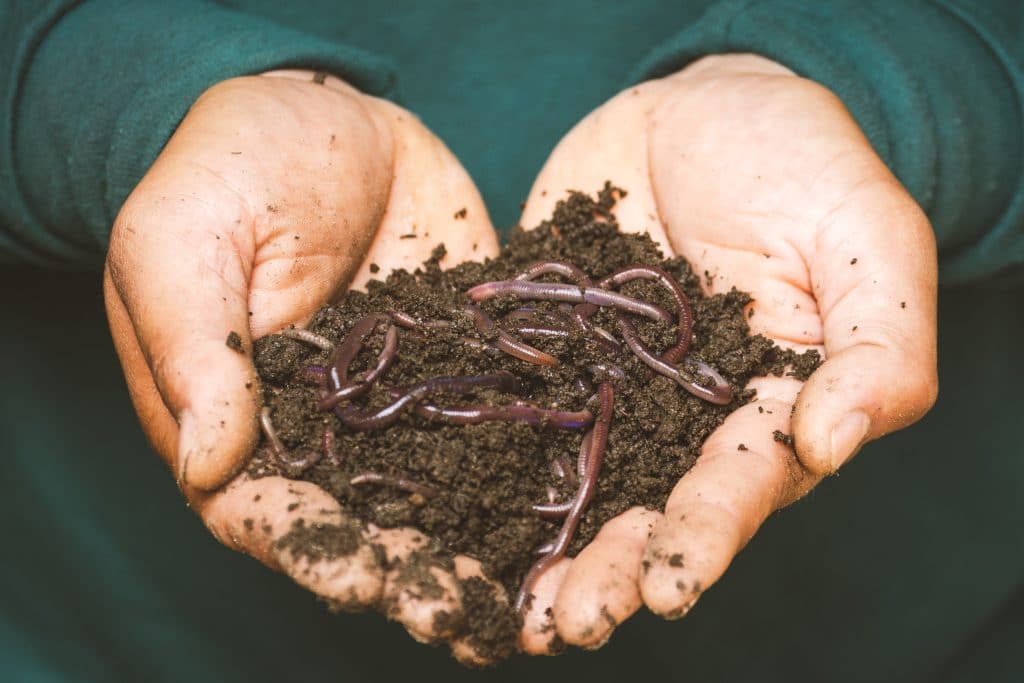
Earthworms are typically present in healthy soils. Darwin wrote the page-turner The Formation of Vegetable Mould through the Action of Worms, with Observations of their Habits back in the 1800s. It was a bestseller. He tells us that earthworms can break down at least their weight’s worth of plant materials in a week, grinding them into a powder-like [compost], known as castings, that helps nourish the soil. Raising worms and farming their castings is a super low-tech system that produces stable organic fertiliser. This approach can easily be used on a small farm or even in an apartment. Worms don’t take up much space.
Arbuscular mycorrhizal fungi (AMF) form mutually beneficial relationships with plants. They have an extensive system of branches called hyphae that insert themselves into the actual root cells, extending the plant’s access to water and nutrients, especially phosphorus, far beyond the roots’ reach. In return, the fungus gets sugars from the plant. AMF also produce glomalin, a kind of glue that holds soil particles together and provides an ideal habitat. One scientist in British Columbia has written a book on how trees communicate and share nutrients through their roots and the fungal network that connects them. It’s amazing how different species cooperate.
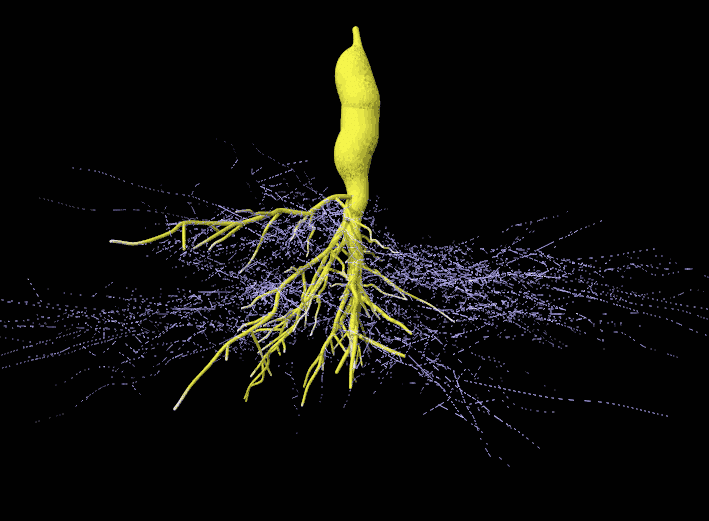
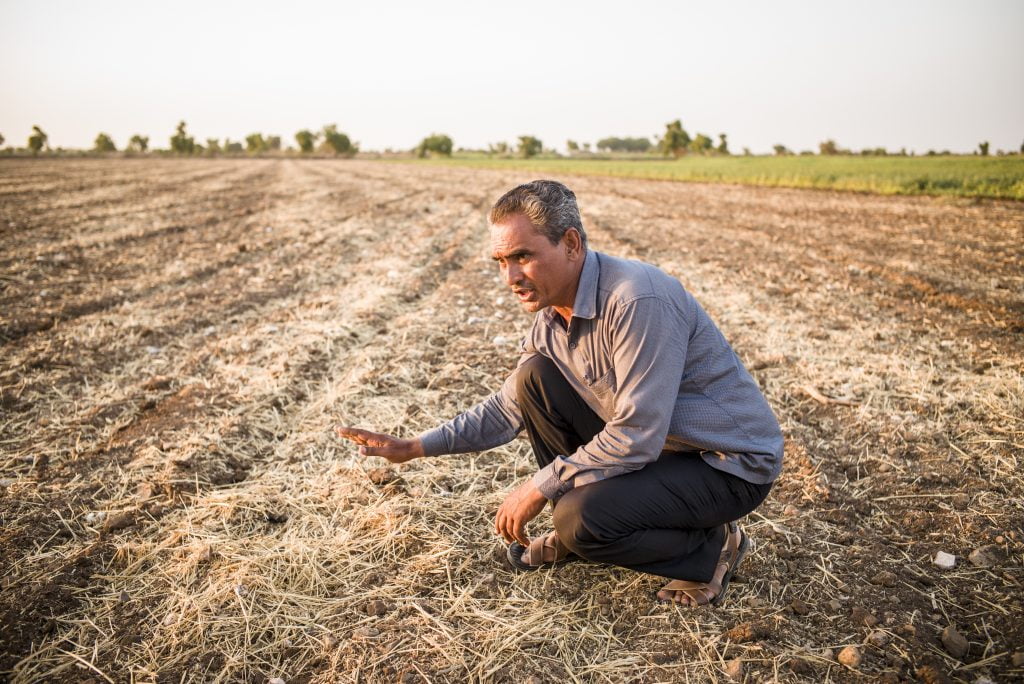
Mycobacterium vaccae, a bacteria found in soils, has been shown to work as an antidepressant. They produce a fat that seems to counter stress-related inflammation in our bodies that can lead to depression. The connection isn’t completely understood yet, but this little bacterium may well have the ability to counteract our natural stress responses. Maybe that explains why I am happier with a little soil under my fingernails.
Dung Beetles are another helpful sign of healthy soils. They live in many different ecosystems on every continent, except Antarctica. The beetles feed on manure and, depending on the species, may transport it to their underground tunnel or roll it into a ball and bury it in the soil to lay eggs. And here’s a fun fact – they also orient themselves using the sun, moon and Milky Way as a guide.
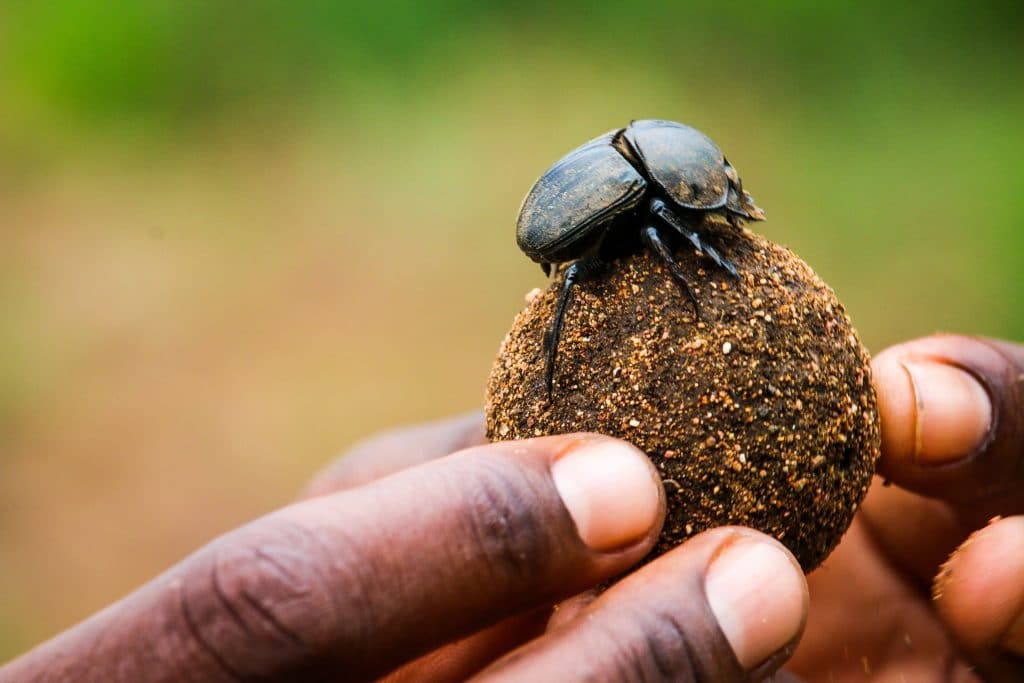
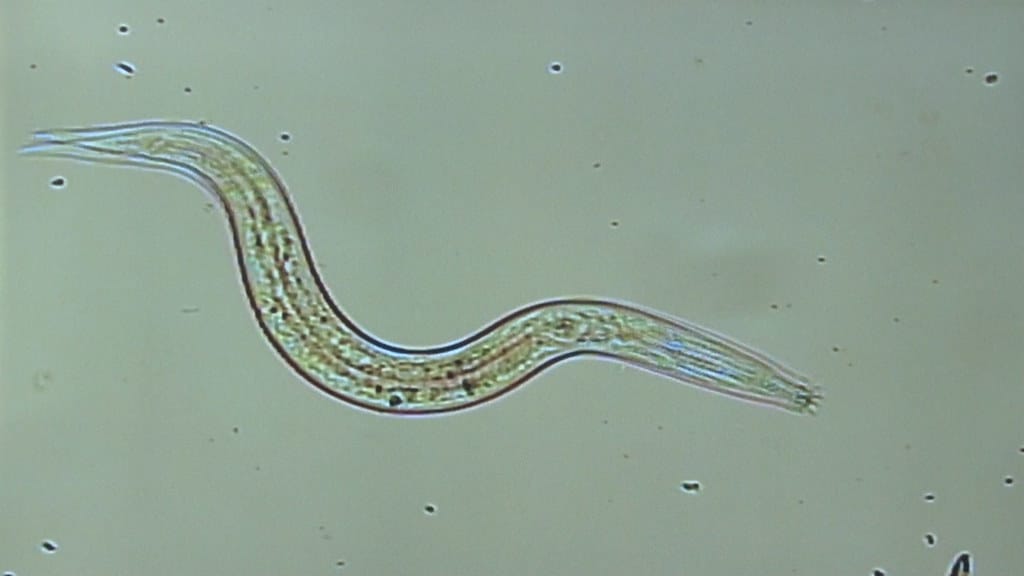
And finally, soil enemies… There are plenty of pests and pathogens in the soil too, and these can pose a risk to healthy crops and people. An unbalanced ecosystem can result in the loss of predators of these pests. For example, nematodes (microscopic roundworms) can be pests, but predatory nematodes such as the Steinernema species can attack grubs in the soil, including common cotton pests like pink bollworm and armyworm. A well balanced soil biome helps maintain these beneficial species of nematodes and prevent outbreaks of cotton pests.
The good news is we have momentum. There’s more investment, more collaboration and outreach with farmers, and more communication on these issues. There are enough films about soil for a small film festival. There are a lot of smart and committed soil scientists out there asking all the right questions, farmers working together to share knowledge, and organisations like Better Cotton helping farmers to make changes without expensive lab tests or tools.
More and more, the farming community is realising that to create the best environment for a very dynamic system, we need healthy soils. And when farmers use practices that support the soil biome, they can often save money by enabling natural systems to do the work. If we can continue this democratic and cooperative approach, we should really make a difference.
For more information on how Better Cotton is promoting soil health on cotton farms, please read more here: https://bettercotton.org/field-level-results-impact/key-sustainability-issues/soil-health-cotton-farming/
Learn more
